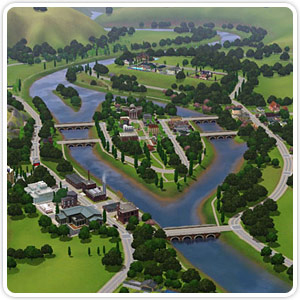
How can I extend the life of the tyres on my car? And when are my tyres due for replacement?
Drivers have to answer these questions all the time. Tyres that are in perfect condition are essential for both safety and enjoyment when driving, even in the rain. Thankfully, maintaining good tyre condition is not difficult at all. Find out more about important hints and tips here for Car Tyres London.
The maximum lifespan of a tyre is not regulated by statute. The sole exclusion is that tyres for trailers with special permits that allow for speeds up to 60 mph may only be six years old. In every other situation, the driver must determine when the tyres are past their prime. However, it is quite clearly stated in the road traffic regulations that an automobile, including all of its accessories, must always be roadworthy. Naturally, that also applies to the tyres.
A few factors will assist you in determining when to change your tyres and whether you can continue to use them. The following is applicable as a guide: You drive on four tyres that are identical to each other, no older than ten years old, and have a tread depth of at least 1.6 mm (the legal minimum tread depth).
Note: The tread depth, pattern design, and rubber compound of your tyres all play a role in how safe it is to drive in wet and snowy conditions. Lower tread depths will cause braking effectiveness to gradually deteriorate on wet or snow-covered surfaces. With declining tread depths, there is an added risk of aquaplaning on wet roads.
Tyres damage: Even if a tyre is mended, its lifespan is reduced after it sustains damage. Over time, even small damages result in wear and tear, which shortens the tyre's lifespan. As a result, you should make an effort to prevent harm such as cuts, bulges, punctures, uneven tyre wear, etc.
Road circumstances: When operating a vehicle on a road, you do not influence the weather. However, the state of the roads has a direct impact on how long your tyres last. Smooth roads prolong tyre life more than uneven ones. If you frequently travel on roads with potholes, speed bumps, sharp objects, etc., the lifespan of your tyres will decrease. These elements enhance the likelihood of damage by applying uneven pressure to the tyres.
Tyre wear can be prematurely assessed when we drive harshly, braking forcefully, accelerating rapidly, or making sharp turns. These driving behaviours put additional strain on your tyres. Additionally, sidewall damage, blowouts, and punctures are more likely to occur when driving carelessly. Maintaining a constant speed, avoiding sudden stops or starts, and adhering to speed limits will all help you prolong the life of your tyres. Potholes, curbs, uneven or uneven roads and debris should all be avoided when driving as these can cause tyre damage.
On the sidewalls of the tyre, if there are only three numbers and a little triangle, the first two represent the calendar week and the last year for the years 1990 to 1999. The tyre is at least from the 1980s if there is no triangle, in which case you should get replacement tyres as soon as possible.
If the car veers noticeably to one side, you should have it checked at a garage and have it readjusted. For example, you can test the wheel alignment yourself by taking your hands off the steering wheel and driving at between 35 and 50 mph on a road that is as level as possible and has little traffic.
You may fix issues with worn-out shock absorbers, low tyre pressure, and poor balancing by taking the necessary action. In this manner, you can prolong the life of your tyres and prevent the need to replace them too soon.
The duration of the tyres will also be impacted by the storage. Ensure that your tyres are shielded from UV rays to avoid premature ageing. Try to keep the tyres somewhere cold, dry, and dark.
Important: Ensure that no chemicals, lubricants, or solvents get into touch with the tyres. It is advised not to keep tyres near equipment that creates ozone, such as compressor motors or electrical generators. This is because ozone gradually deteriorates the rubber composition in tyres. You can also have the tyres stored at a garage if there isn't any appropriate room for storage.
We've gathered the most crucial pointers and advice for you right here so that you may get a lot of mileage out of your tyres:
Four identical tyres that are no older than 10 years old and have a tread depth of at least 1.6 mm.
Regardless of miles or potential wear and tear, the tyres' material qualities diminish with age.
The DOT code embedded in the tyres provides information about the date of manufacturing and serves as a guide when it comes time to replace the tyres.
Regularly check the tread of the tyres and the sidewalls for wear.
Verify that the Run flat tyres London are being stored correctly.




















